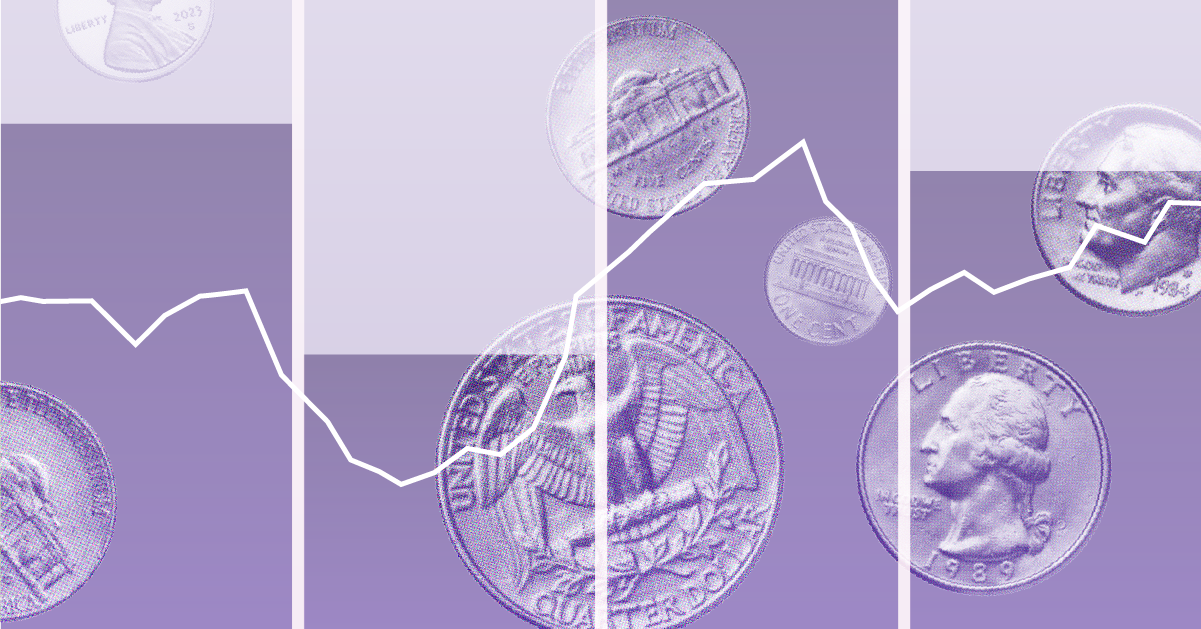How to Choose an Index Fund
Index funds provide a way to efficiently cover a market.

It’s easy to become a hyperfocused investor. With so much investment information available, you can spend all your time chasing advisor suggestions, scrolling through financial articles, and screening mountains of performance data to find the most perfect investments.
Not everyone can, or wants to, invest like that. For investors who desire a more hands-off option that still grants a range of investment diversity, index funds are an avenue worth exploring.
How Do Index Funds Work?
An index fund is a mutual fund that tracks a market index, such as the S&P 500. Index funds are designed to reflect the performance of a particular index, so their returns should be very close to those of the index. They are usually (but not always) passively managed, meaning the fund’s manager does little day-to-day adjusting of the fund’s allocations.
We see several structural benefits to investing in index funds.
- Because index funds perform like the market they’re tracking, any surprises in performance are minimal.
- Index funds are often more tax-friendly than similar active funds.
- Since index funds are passively managed, with no active security selection, this often makes them cheaper than similar actively managed funds. They are able to charge lower fees to investors.
- Passive management also means there is less worry as far as the effects of key-person risk and fund manager changes.
“A good index fund is a dependable low-cost vehicle,” says Russel Kinnel, Morningstar’s director of ratings. “And the good core index funds can also help you to raise your core market exposure if you have too many peripheral investments.”
How Do I Choose an Index Fund to Invest in?
In their recent article, “Is Your Index Fund Tracking the Right Index?,” Morningstar analysts Ryan Jackson and Mo’ath Almahasneh provided a list of six traits to look for when evaluating index funds:
- Representative: The fund should provide the full range of opportunities available to its actively managed fund peers.
- Diversified: A wide array of holdings should be on offer.
- Investable: It should invest in liquid securities that are easy to track.
- Transparent: The fund should track a clearly defined index that allows investors to anticipate its behavior across market environments.
- Sensible: Portfolios should be driven by sound economic rationale.
- Low Turnover: Any portfolio turnover is limited and managed by the index.
Asset Class
Jackson advises that your focus should not be, “Which index fund do I want?” but “Which asset class do I want?”
“Because their management is passive, an index fund is tied to its asset class. Ask yourself, ‘Where do I want to invest, what corner of the market? Equities, bonds, small cap, large cap, and so on.’ Start with asset class,” Jackson says.
For example, an investor looking at large-value index funds might consider Schwab US Dividend Equity ETF SCHD, which tracks the Dow Jones US Dividend 100 Index; or Vanguard Value Index Fund ETF Shares VTV, which reflects the performance of the CRSP US Large Cap Value Index. Both earn Morningstar Medalist Ratings of Gold.
Fees
“The next thing you want to look at is [the fund’s] fees or expense ratio,” Jackson adds. “You want the cheapest option. You’ve heard Jack Bogle’s saying, ‘You get what you don’t pay for’? You don’t want fees to eat up your returns.”
Fund Weighting
“You should also ask yourself, How is the fund selecting stocks? How is it weighting them?,” Jackson says. Index funds are typically designed with either a market-cap weighting or an equal weighting.
Market-cap-weighted funds build their portfolios by giving each index constituent or stock a weighting relative to its total market capitalization. This structure gives greater impact to larger companies. Vanguard Total Stock Market ETF VTI is a market-cap-weighted index.
Equal-weighted funds give each index constituent or stock the same weighting in the portfolio, regardless of size. This structure means that results will not depend on the performance of one or two large companies. However, because smaller companies may experience more volatility, that can be reflected in the index’s results. Invesco S&P 500 Equal Weight ETF RSP is an example of an equal-weighted index.
Index Mutual Fund or ETF?
There are two ways investors can access passive strategies to invest in index funds: either mutual funds or exchange-traded funds.
If you are accessing index funds via a company-sponsored retirement plan, you are likely buying mutual funds. Mutual funds may have minimum investment requirements, while ETFs typically do not. Investors who value trading flexibility or who may have few dollars to invest might prefer an ETF.
How to Find the Best Index Funds
- Our regularly updated article, The Best Index Funds, provides our lists of the best low-cost index mutual funds and ETFs, all with Gold ratings.
- You can find full lists of US stock index funds and ETFs and bond index funds and ETFs that earn Bronze, Silver, or Gold ratings.
- Investors can also review complete lists of all index mutual funds or all index ETFs. These lists include funds that don’t currently earn Medalist Ratings.
The author or authors do not own shares in any securities mentioned in this article. Find out about Morningstar’s editorial policies.

/s3.amazonaws.com/arc-authors/morningstar/b418f4d5-8a46-4539-9800-d07e9fd86963.jpg)
/cloudfront-us-east-1.images.arcpublishing.com/morningstar/BNHBFLSEHBBGBEEQAWGAG6FHLQ.png)
/d10o6nnig0wrdw.cloudfront.net/05-02-2024/t_60269a175acd4eab92f9c4856587bd74_name_file_960x540_1600_v4_.jpg)
/cloudfront-us-east-1.images.arcpublishing.com/morningstar/5WSHPTEQ6BADZPVPXVVDYIKL5M.png)
:quality(80)/s3.amazonaws.com/arc-authors/morningstar/b418f4d5-8a46-4539-9800-d07e9fd86963.jpg)